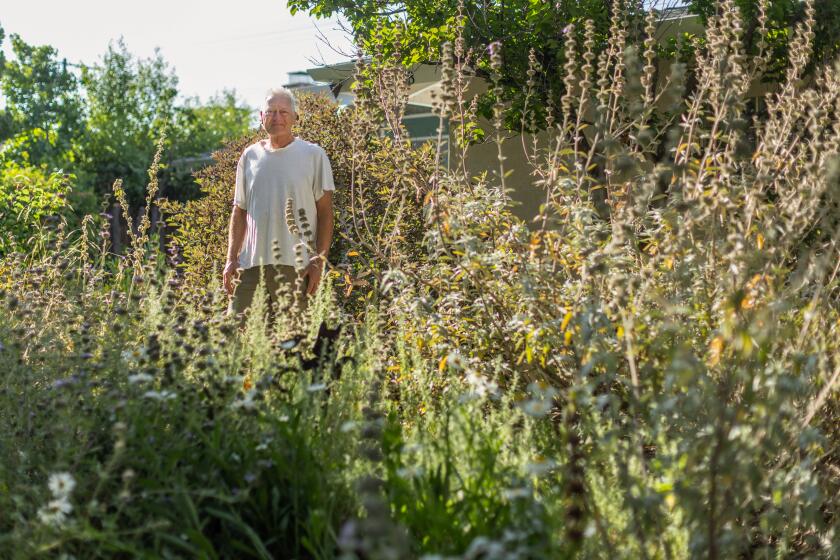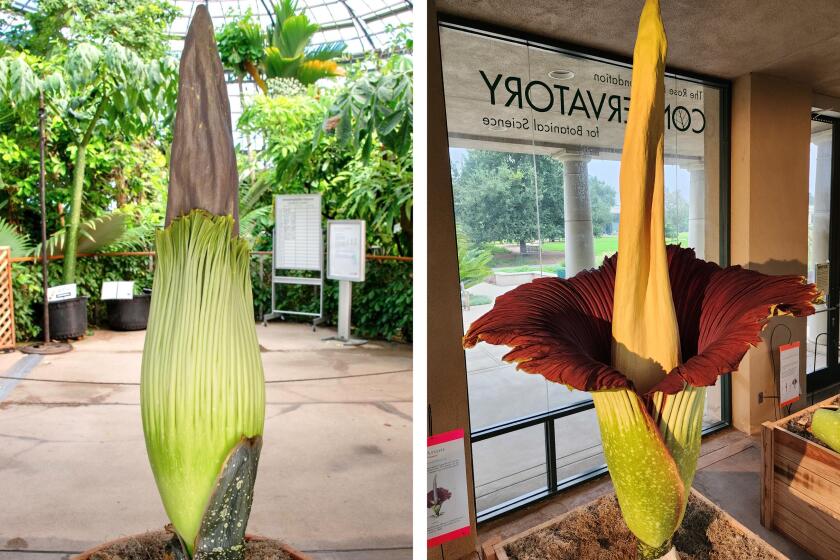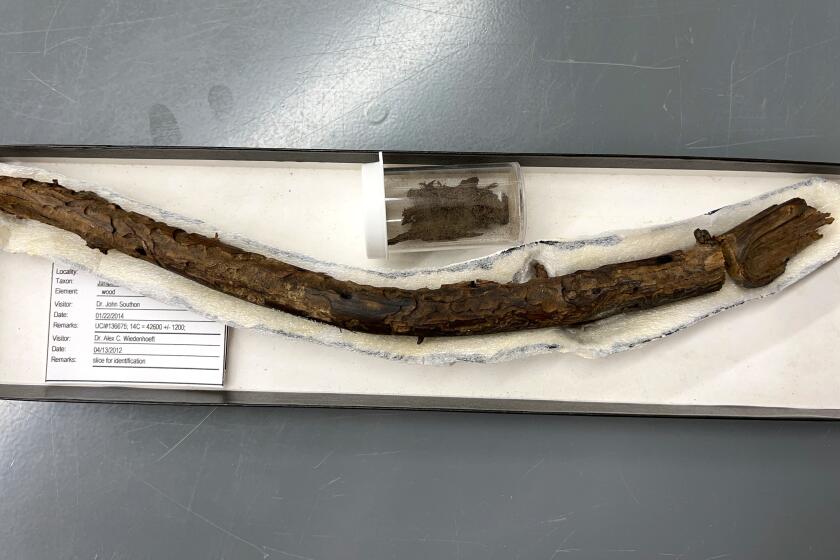Seed Now to Fix Bare Patches in Lawns
If your lawn has bare patches, early spring is a good time to fix them. Seed planted early gets established before hotter, possibly drier weather arrives and before crab grass and other weeds can get the upper hand.
Before patching a lawn, stand back and take an objective look at it. Perhaps the whole lawn needs to be redone, not just spot-patched. Also assess the cause of the bare spots. If, for instance, skunks or moles have been digging around for grubs, avoid future problems by first dealing with the grubs or their furry predators.
The first step in patching a lawn is buying seed. Don’t grab that old bag of grass seed in the garage. Go out and buy some fresh seed. Don’t let economics dictate your choice. Buy seed similar to the kind that is already planted, which should be adapted to the amount of sun, traffic and maintenance your lawn receives.
If the bare spots are depressions--caused by tire ruts, for example--you will need some fill soil. Mix equal parts of good garden soil and peat moss, leaf mold or compost. Before you dump this mix into the rut, loosen the soil that is already there by sticking a garden fork straight into the ground and shimmying the handle back and forth. Then fill in the depressions to about an inch higher than ground level to allow for settling. Tamp the soil with the back of a rake as you fill.
Next, whether or not you had to fill a depression, scratch up the surface with a metal rake and give the soil a gentle, but thorough, soaking. Then sprinkle grass seed over the surface of the prepared ground. Don’t skimp. Lightly rake the seeds into the soil. For even better results, sift some of that previously mentioned soil mix through a half-inch wire mesh right over the seeds, burying them an eighth to a quarter-inch deep.
To keep the seedbed moist and the seeds and bare dirt in place, cover the patched area with a layer of cotton cheesecloth. The seedlings will push up through holes in the cheesecloth, and the cheesecloth will eventually rot away. Keep the seedbed moist for the next few weeks, and you will soon have a turf strong enough to withstand hot weather and choke out summer’s crab grass.



